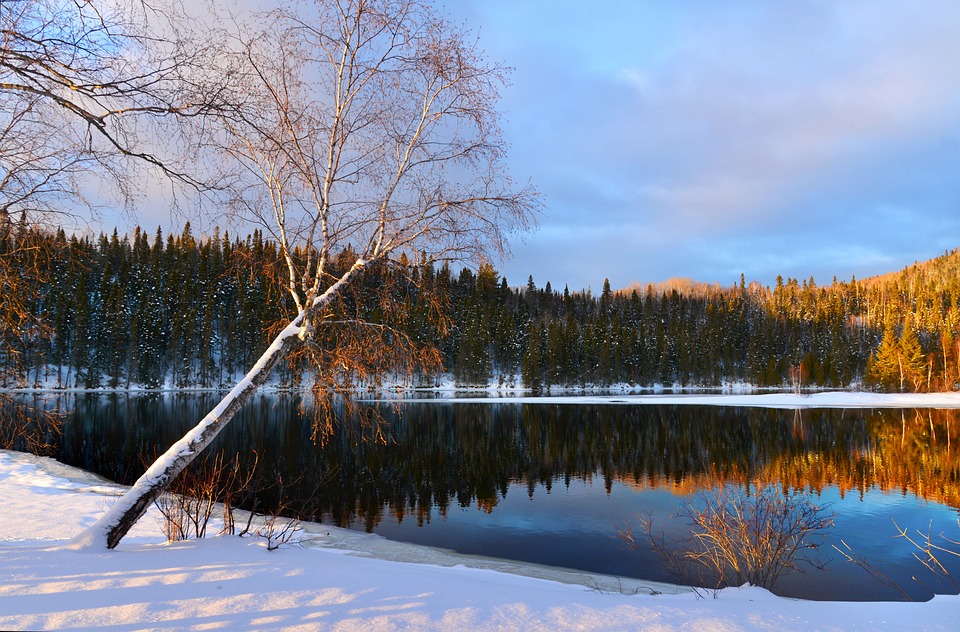What Is the Purpose of a Command Climate Assessment? Understanding Its Role in Military Culture
Introduction
Command climate assessments are essential tools within military organizations, designed to evaluate and enhance the organizational culture of military units. These assessments play a critical role in identifying strengths and weaknesses within a unit’s environment, facilitating improvements that can lead to better operational effectiveness and morale among service members.
What Is a Command Climate Assessment?
A command climate assessment is a systematic evaluation conducted within military units to gather feedback from service members regarding their perceptions of the unit’s culture, leadership, and overall workplace environment. This typically involves surveys, interviews, and other methods to collect data on various aspects of the command climate, including issues related to morale, inclusivity, and leadership effectiveness.
Primary Purposes of a Command Climate Assessment
– Identifying Issues Within the Unit
Command climate assessments help detect problems such as discrimination, harassment, and low morale. By pinpointing these issues, leaders can take proactive steps to address them.
– Improving Leadership and Accountability
These assessments provide leaders with honest feedback about their effectiveness in communication, support, and overall leadership. This feedback is crucial for fostering accountability and encouraging leaders to improve their management styles.
– Enhancing Team Cohesion and Morale
The assessments identify ways to improve teamwork and trust among unit members. A positive command climate is vital for maintaining high morale and ensuring that personnel feel valued and supported.
– Ensuring a Safe and Inclusive Environment
Command climate assessments monitor compliance with military standards regarding respect, professionalism, and inclusivity. This helps create an environment where all service members feel safe and included.
The Process of Conducting a Command Climate Assessment
The process typically involves several key steps:
1. Preparation: Leaders define the purpose of the assessment and plan the logistics.
2. Conducting Surveys: Various methods such as the Defense Organizational Climate Survey (DEOCS) are employed to gather data.
3. Analysis: The collected data is analyzed to identify trends and areas needing improvement.
4. Reporting: Findings are reported to command leadership to inform future actions and improvement plans.
5. Implementation: Based on the results, commanders develop action plans to address identified issues[1][2][3].
Impact of Command Climate Assessments on Military Units
Command climate assessments can lead to significant positive changes within military units:
– Policy Updates: Feedback from assessments often results in updates to policies that enhance unit cohesion and morale.
– Improved Resources: Units may receive additional resources or support based on identified needs from assessment results.
– Targeted Training: Assessments help identify areas where training is needed to address specific challenges or improve team dynamics.
By addressing challenges proactively, command climate assessments contribute to creating a supportive environment that enhances mission readiness[4][5].
Challenges and Limitations
Despite their importance, command climate assessments face several challenges:
– Response Accuracy: Fear of reprisal can lead to underreporting of issues or reluctance among service members to provide honest feedback.
– Confidentiality Concerns: Ensuring confidentiality is crucial for obtaining truthful responses; any breach can undermine trust in the process.
– Implementation of Changes: There can be resistance or delays in implementing changes based on assessment results, which can diminish the effectiveness of the assessment process[6][7].
FAQs
– Who conducts a command climate assessment?
Typically conducted by unit leaders or designated personnel trained in organizational assessment methodologies.
– How often are command climate assessments conducted?
Assessments are generally conducted annually or following significant changes in leadership (e.g., change of command).
– What happens if problems are identified in an assessment?
Leaders are expected to develop action plans to address identified issues promptly.
– Are command climate assessments mandatory?
Yes, they are often mandated by Department of Defense directives for all military units.
– How does leadership respond to assessment results?
Leadership is required to analyze findings and implement corrective actions as necessary[3][4][8].
Conclusion
Command climate assessments are vital for maintaining healthy military units by fostering transparency, trust, and continuous improvement. They enable leaders to understand their unit’s culture better and take informed actions that enhance operational effectiveness and service member well-being. Through regular evaluations, military organizations can ensure they remain mission-ready while supporting their personnel effectively.

Kyle Whyte is a notable scholar and professor at the University of Michigan, holding positions such as the George Willis Pack Professor in the School for Environment and Sustainability and Professor of Philosophy. Specializing in environmental justice, his work critically examines climate policy and Indigenous peoples’ ethics, emphasizing the nexus between cooperative scientific endeavors and Indigenous justice. As an enrolled Citizen Potawatomi Nation member, he brings a vital perspective to his roles as a U.S. Science Envoy and member of the White House Environmental Justice Advisory Council. His influential research is supported by various prestigious organizations including the National Science Foundation, and disseminated through publications in high-impact journals. Kyle actively contributes to global Indigenous research methodologies and education, with affiliations to numerous institutes and societies dedicated to traditional knowledge and sustainability. Recognized for his academic and community engagement, Kyle has earned multiple awards and served in various visiting professorships. His efforts extend to leadership positions on boards and committees focused on environmental justice nationwide.
